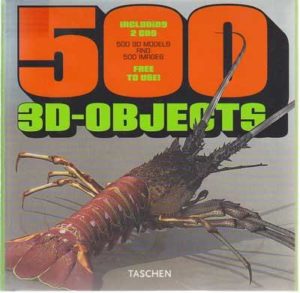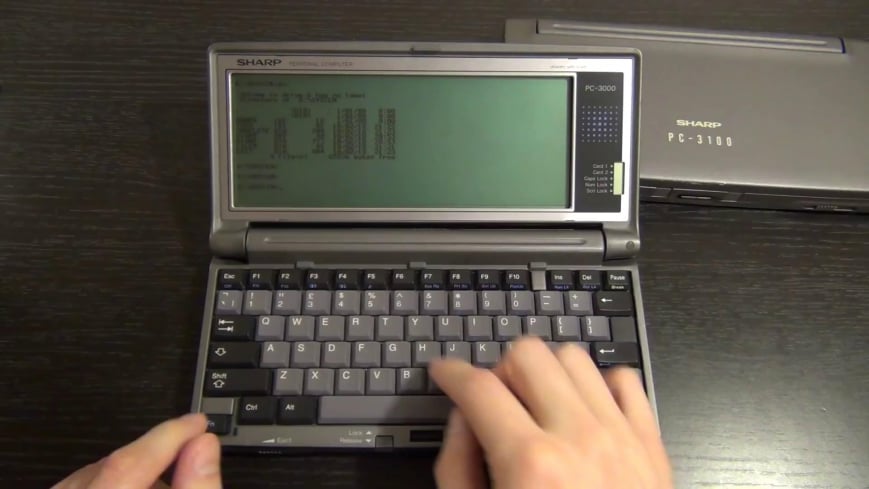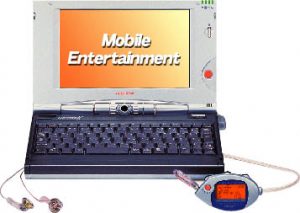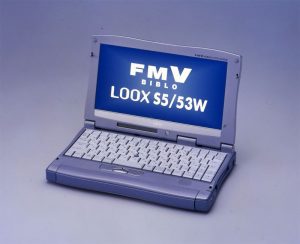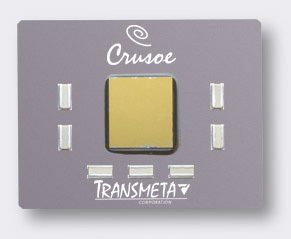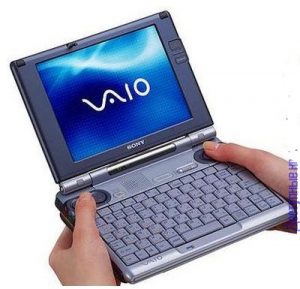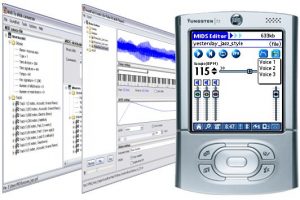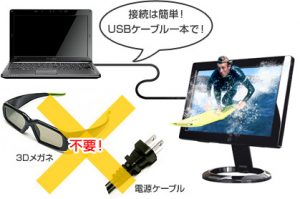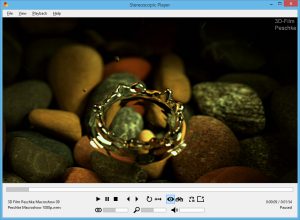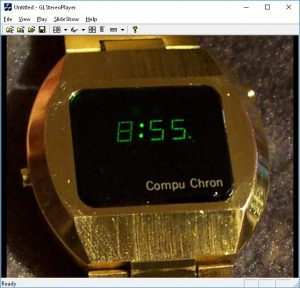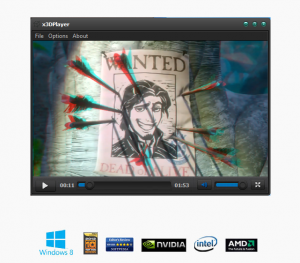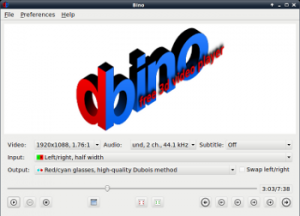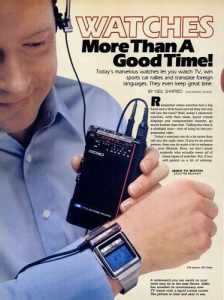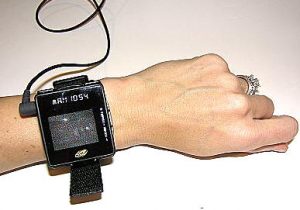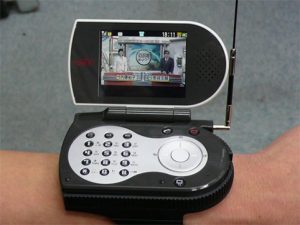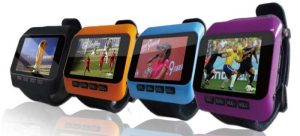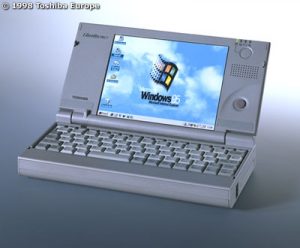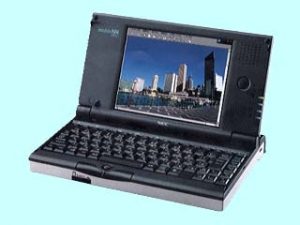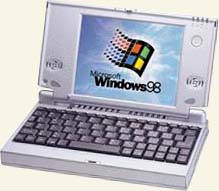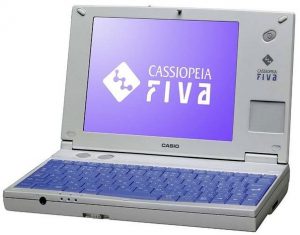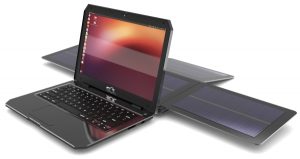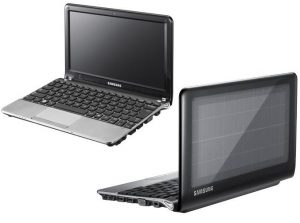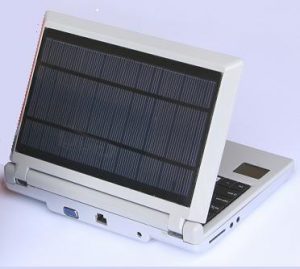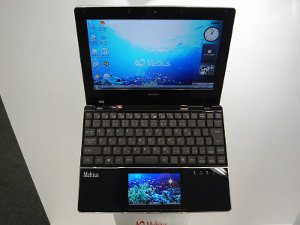Slow browsing. Websites taking somewhere between a few to many seconds to react. Tabs that keep loading and seemingly block the whole internet. Firefox “looking up google.com”. Timeout, website doesn’t respond. And no clue. If you read this then maybe you have a problem. Or just wanna be prepared if one comes up. So if you ever experience problems these are a few things you might wanna do first. take it as a troubleshooting guide.
1. Suspect the browser
Well just as a cross test – use another browser. Sounds dumb, but just make sure the problem is not just one browser and its settings. If you use Windows you always have the dreaded “Internet Explorer” which is far from being great but if you wanna rule out problems in your Firefox or Chrome settings it’s just good enough. If everything works fine in one browser and sucks in another then reset the failing browser or de-install it. Consider trying something like “Browzar” or IceWeasel if you run out of ideas for a fresh browser. If all browsers got the same problem you at least learned that the browser is not the problem. Congratulations!
2. Several networks create several problems
Most Laptops have a classic ethernet port and wifi. Other options include – but are not limited to – bluetooth, 3G modems, virtual network adaptors and so on. Usually you’re only connected to ONE network, these days usually wifi. But if you do have a cable in your ethernet port or 3G card built in or whatever – try disabling ALL but the one you really intend to use. I’ve had a laptop that was connected to my NAS via ethernet and to the internet via Wifi. Turned out that windows somehow always tried to send packages to the ethernet (Which didn’thave internet) first which resulted in awesome slowdowns and timeouts. So if Wifi is your internet connection disable all other crap and see if something changes. if not then continue with the next point.
3. IPV6 rocks… or sucks…
Yeah in theory IPV6 should make IPV4 obsolete and while that is true actually big parts on the web still rely on IPV4. Sadly. But with IPV4 pretty much everything still works. So even while this would be sad – just disable IPV6 to rule out the possibility that you have a configuration problem with IPV6 on your computer or router. In Firefox you can also turn off IPV6 DNS to see if there’s a problem with that. However if you notice you don’t have any problem with IPV6 I strongly recommend turning it on again. But yeah a quick cross test to see if the problem has something to do with IPV6 would be helpful.
4. DNS Problems
Especially the good old “looking up example.com” message from Firefox can be a hint that DNS lookups take too long. It might be worth a try to manually set some reliable DNS servers like 8.8.8.8 and 8.8.4.4 (google) to determine if the DNS servers are the problem. Just good to rule that out.
5. Use a clean device
Yeah sounds dumb, but a great test to see if this affects your Internet connection or just your PC is to use another device and turn off everything else (cell phones, tablets, Playstation 4, etc) to see if it’s just your PC or the whole connection/router. Sometimes devices or persons in your home use something very demanding like a torrent client or maybe they are infected with a trojan or worm or they are just downloading gigantic updates. So if everything works great on your cell phone via wifi but not on your PC then maybe the PC is infected or mis-configured. In this case as a last shot consider a re-install of the operating system.
6. Speed test
There’s a hundred speed test sites, just google like “Internet speed test” and try some. If the result is far from your expectations or your internet provider contract then maybe something’s wrong with your line. Sucks but if this is permanently maybe consider calling your ISP.

